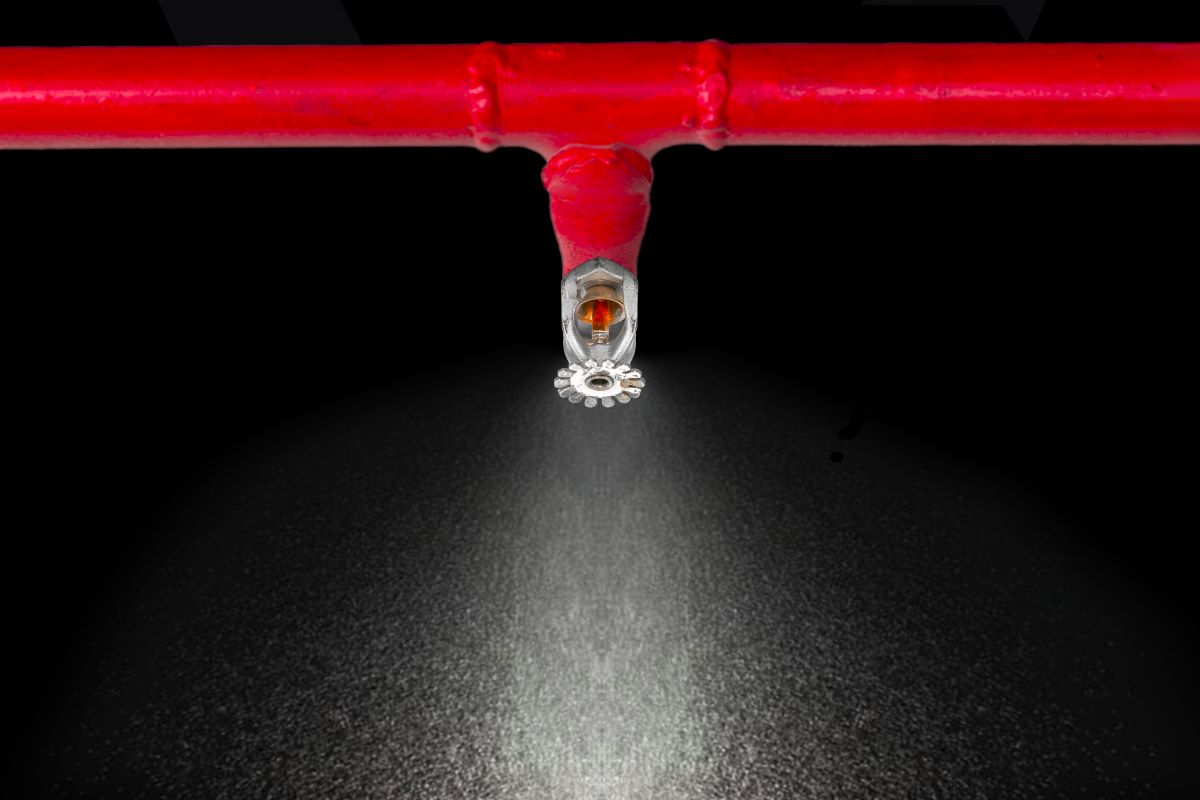
Fire sprinkler systems are a critical component of fire safety in commercial buildings. While traditional fire sprinkler systems use large amounts of water to suppress fires, water-mist fire suppression systems offer a more innovative and efficient solution.
Applications: Water-mist fire suppression systems can be used in a variety of settings, including data centers, archives, museums, and computer rooms. These systems are especially effective in suppressing fires in confined spaces where traditional fire suppression systems may not be able to reach.
Nozzle Types: There are several types of nozzles used in water-mist fire suppression systems, including fixed, semi-fixed, and swing nozzles. Fixed nozzles are permanent and remain in place, while semi-fixed nozzles can be adjusted to direct the mist to specific areas. Swing nozzles can be rotated to direct the mist in a specific direction.
System Types: Water-mist fire suppression systems can be classified into two main types: high-pressure and low-pressure systems. High-pressure systems use high-pressure pumps to produce a fine mist of water that can reach and suppress fires more effectively. On the other hand, low-pressure systems use a lower pressure to produce the mist, making these systems more suitable for smaller, less critical applications.
Droplet Production Methods: There are several methods used to produce the mist in water-mist fire suppression systems, including aspirating, pressure-swirl, and air-assisted nozzles. Aspirating nozzles use air to produce the mist, while pressure-swirl nozzles use pressure to produce the mist. Air-assisted nozzles use a combination of air and pressure to produce the mist.
Benefits of Water-Mist Fire Suppression Systems
Highly Effective: Water-mist fire suppression systems are highly effective in suppressing fires. The fine mist of water used in these systems can reach and suppress fires more effectively than traditional fire sprinkler systems. This allows for quicker and more efficient suppression of fires, reducing damage and improving overall safety.
Less Water Usage: Traditional fire sprinkler systems use large amounts of water to suppress fires, which can result in significant water damage to buildings. On the other hand, water-mist fire suppression systems use significantly less water, reducing the risk of water damage and making these systems a more cost-effective solution.
Improved Safety: Water-mist fire suppression systems are also safer for building occupants. The fine mist of water used in these systems is less likely to cause harm to people, reducing the risk of injury during a fire. Additionally, the less water used in these systems reduces the risk of electrical hazards, further improving safety.
Ease of Maintenance: Water-mist fire suppression systems are also easier to maintain than traditional fire sprinkler systems. The smaller and less complex components used in these systems make maintenance and repair more straightforward, reducing downtime and ensuring that the system is always in good working order.
Contact Koorsen Fire & Security Today!
In conclusion, water-mist fire sprinkler systems offer a more innovative and efficient solution for fire safety in commercial buildings. These systems are highly effective, use less water, are safer for building occupants, and are easier to maintain. If you are interested in incorporating a water-mist fire sprinkler system into your building, contact Koorsen Fire & Security today. Our fire sprinkler experts can help you determine the best options for your building and ensure that the system is properly installed and maintained.


